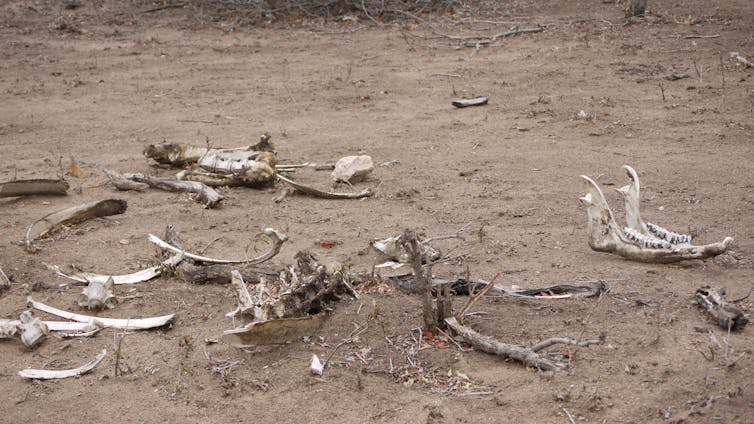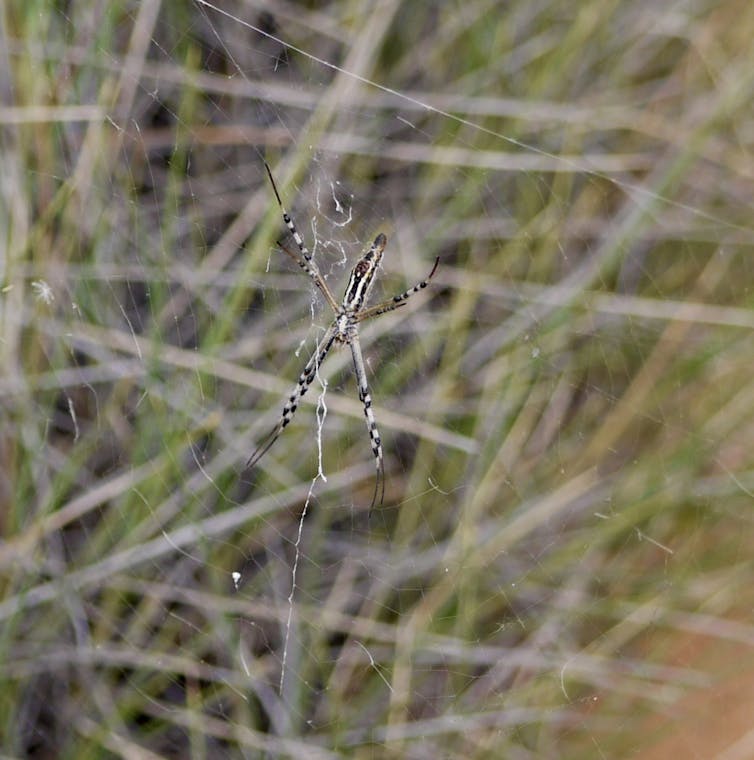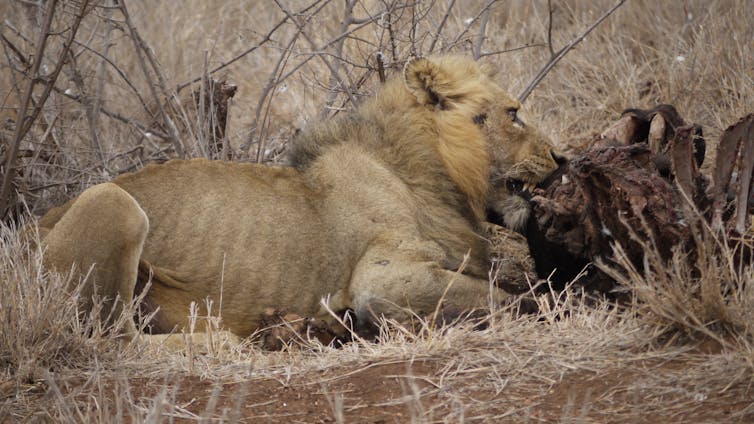Revealed: UK’s most secretive think tanks took £14.3m from mystery donors
openDemocracy has relaunched the Who Funds You? campaign into think tanks and transparency. Here’s what we found
17 November 2022, 10.46am
Original article republished from Open Democracy under a Creative Commons Attribution-NonCommercial 4.0 International licence.

The UK’s most secretive think tanks have raised more than £14m from mystery donors in the past two years, new analysis by openDemocracy has found.
Among them are some of the most influential groups in UK politics. Think tanks often boast that they have driven changes to the law and economic policy, such as the tax cuts announced by Liz Truss that are blamed for tanking the UK economy earlier this year.
We have rebooted the formerly volunteer-run Who Funds You? campaign, which uses think tanks’ own income disclosures to position them on a funding transparency scale. The project originally ran for seven years before coming to an end in 2019.
Our analysis assigned a third of think tanks – nine out of 28 – an ‘E’ rating, the worst possible score. These organisations had a total income of at least £14.3m according to their most recent corporate filings, yet we found no, or negligible, relevant information made public about where most of this money comes from.
These notoriously ‘dark money’-funded organisations claim to have influence with the government – and often employ high-profile politicians.
Clifford Singer, the former director of Who Funds You?, said: “I’m so pleased that Who Funds You? is being relaunched on its tenth anniversary, and I can’t think of a better organisation than openDemocracy to take it forward.
“openDemocracy has consistently shone a light on the world of dark money and politics, and Who Funds You? is a perfect complement to openDemocracy’s excellent investigative work.”
Six of the least transparent think tanks – the Adam Smith Institute, the Centre for Policy Studies, Civitas, the Institute of Economic Affairs (IEA), Policy Exchange and the TaxPayers’ Alliance – also received an ‘E’ rating in 2019, meaning they have not made any significant improvements.
The three other think tanks that received the lowest transparency rating this year are the Centre for Social Justice, the Legatum Institute and ResPublica, all of which scored higher in 2019.
Singer told openDemocracy that it is “disappointing” to see think tanks lapse in their commitment to transparency.
“I’m sure the relaunch of Who Funds You? will prompt more improvements in transparency, while spotlighting those who remain intent on influencing public policy without declaring who funds them,” he said.
There is no legal requirement for think tanks to reveal their funders, but this lack of transparency is a major concern, say campaigners, especially for institutions that seek to affect government policy.
“Think tanks can play an important role informing policy in Westminster, yet opacity about their funding can raise suspicion that they’re peddling positions in favour of vested interests,” said Steve Goodrich, head of research and investigations at Transparency International UK.
At the other end of the spectrum, think tanks rated ‘A’ are highly transparent, naming all funders who gave them £5,000 or more in the past year and declaring the amounts given.
Ten think tanks (just over a third) received an ‘A’ rating, including the Institute for Fiscal Studies and the New Economics Foundation. The 2019 audit gave nine institutions an ‘A’ rating, including these two.
Polly Curtis, the chief executive of cross-party think tank Demos, which went from a ‘B’ to an ‘A’ this year, said: “Think tanks are an essential part of the democratic fabric of the UK… The values of openness and transparency are core to what Demos stands for, and I’m therefore delighted that our transparency rating has increased since the last audit.”
Less transparent
We found that four think tanks scored lower for transparency this year than in 2019. Among them is the Legatum Institute, a right-wing free-market advocate that has been described as the “Brexiteers’ favourite think tank”.
The Legatum Institute, the fourth largest think tank in our audit, dropped from a ‘C’ rating to an ‘E’. Think tanks are rated ‘C’ if they name at least 50% of funders who gave them £5,000 or more in the last reported year and group funders into specific bands by the amount given.
Despite its influential position, the Legatum Institute, which had an income of £4,175,671 in 2021, has provided no or very little clear information on its website about where donations come from.
But an investigation by openDemocracy in June found that the US fundraising arm of the institute, along with the US arm of the Adam Smith Institute, had between them received $350,000 from the Sarah Scaife Foundation. Led by a billionaire heir to an oil and banking fortune, the foundation has contributed millions to climate-sceptic organisations in the past decade.
Speaking to openDemocracy, journalist and campaigner George Monbiot said: “For many years, certain think tanks have populated the media, played a decisive role in our politics and changed the life of this nation. Yet we lack the crucial information required to see who they really are: namely, who funds them.”
Policy Exchange, for example, one of the UK’s most prominent conservative think tanks, doesn’t provide any clear information about the funders behind its income of £3,396,554 in 2021. Earlier this year, we revealed that the controversial anti-protest law targeting environmental activists, the UK’s Police, Crime, Sentencing and Courts Act, had been dreamed up by Policy Exchange – a think tank that had previously received $30,000 from US oil giant ExxonMobil.
A number of think tanks in the Who Funds You? audit have all steadily increased their influence at the heart of government over the past decade.
The Adam Smith Institute, IEA, Policy Exchange, the Legatum Institute and the TaxPayers’ Alliance have secured more than 100 meetings with ministers since 2012. All received ‘E’ ratings for transparency this year, and four did in the previous audit.
“Given the proximity of some of these organisations to those in high office, the public really should know who is backing them, for what and with how much money,” Goodrich from Transparency International UK told openDemocracy.
He added that think tanks failing to disclose clear information about their funding “gives the impression that they’ve got something to hide”.
Explore the 2022 data and download the full report at: https://www.opendemocracy.net/en/who-funds-you/
Original article republished from Open Democracy under a Creative Commons Attribution-NonCommercial 4.0 International licence.







